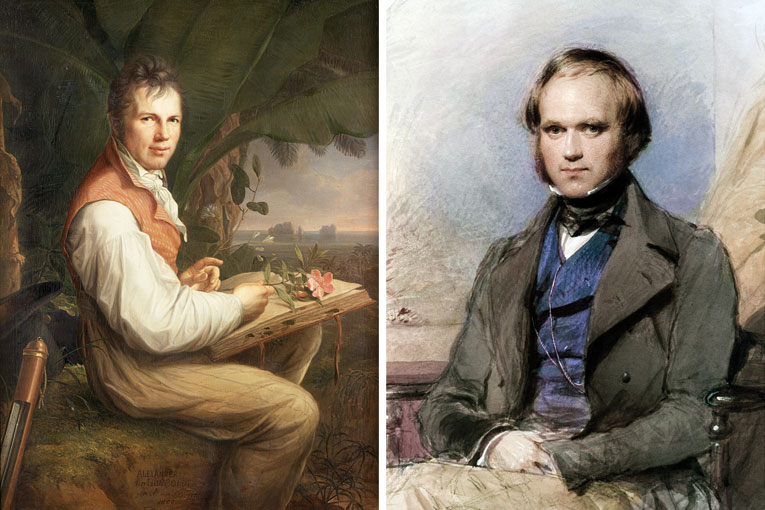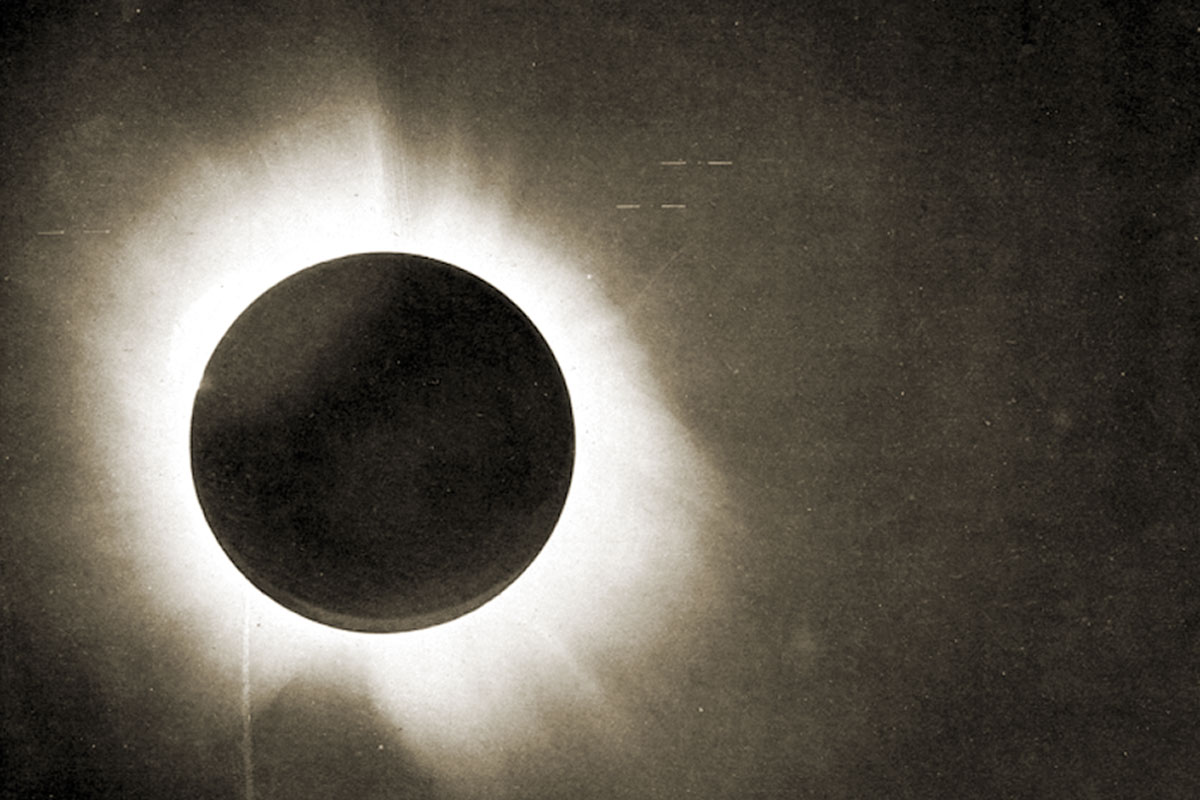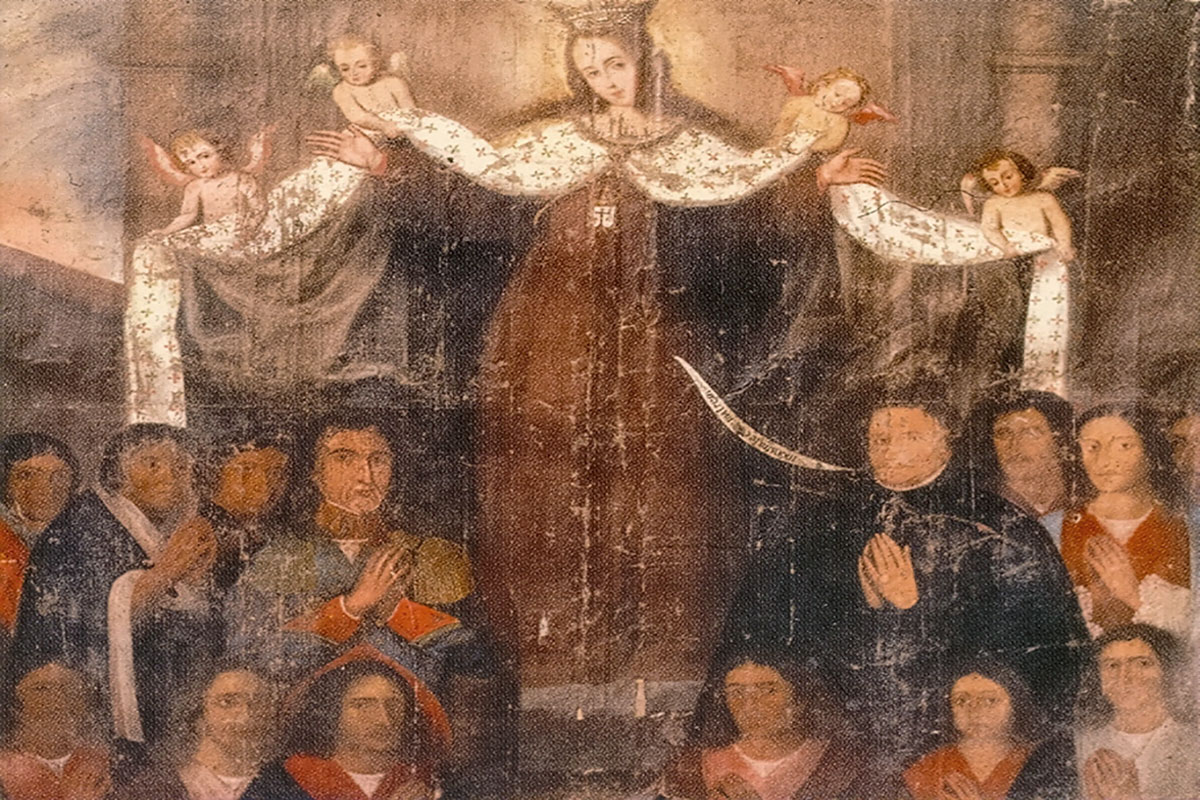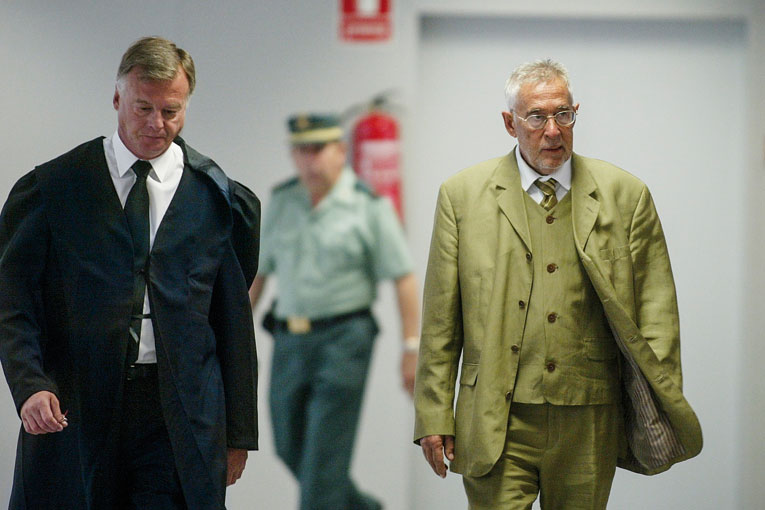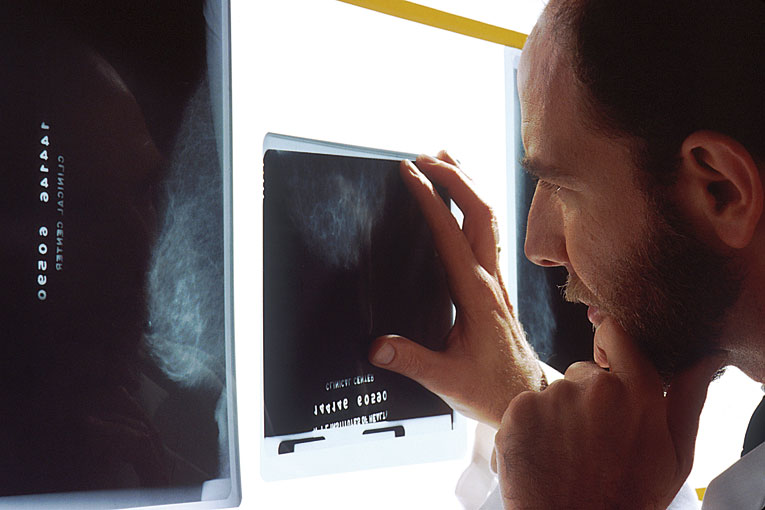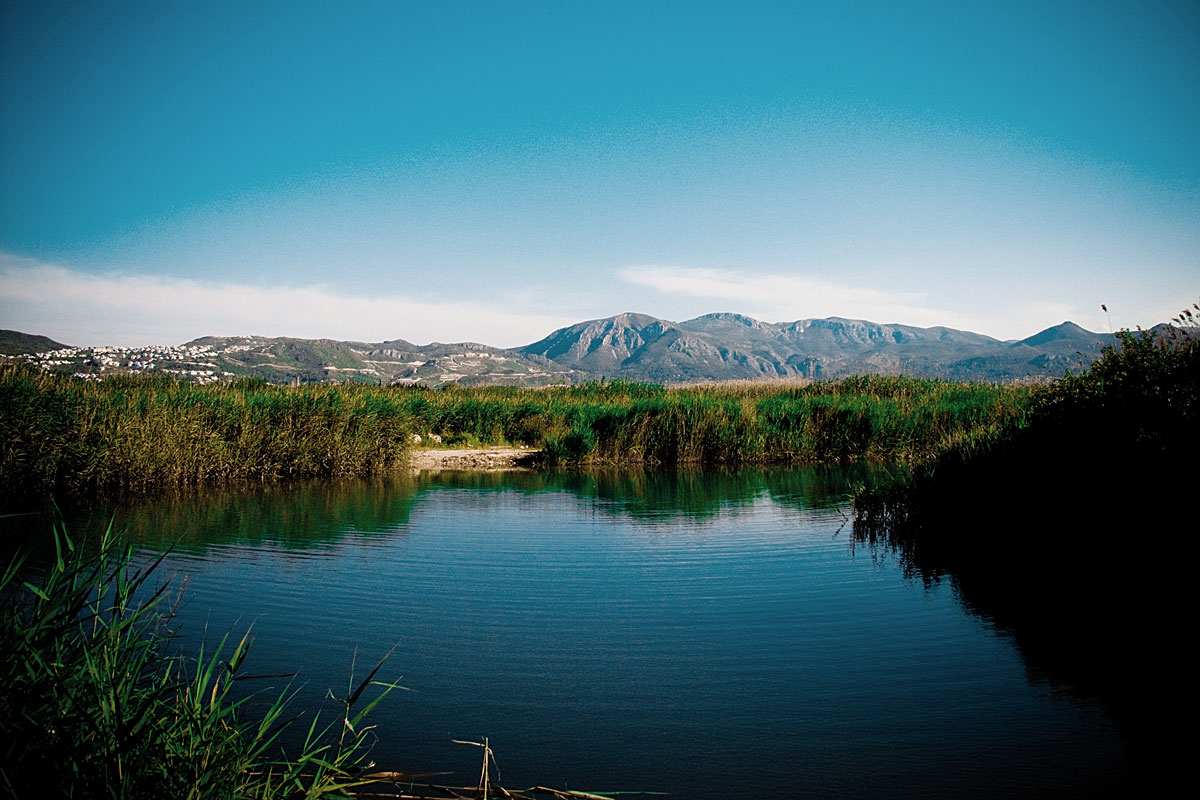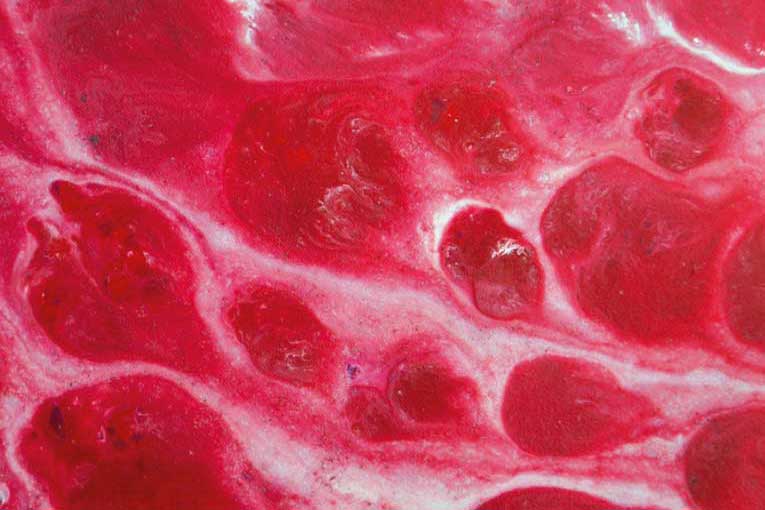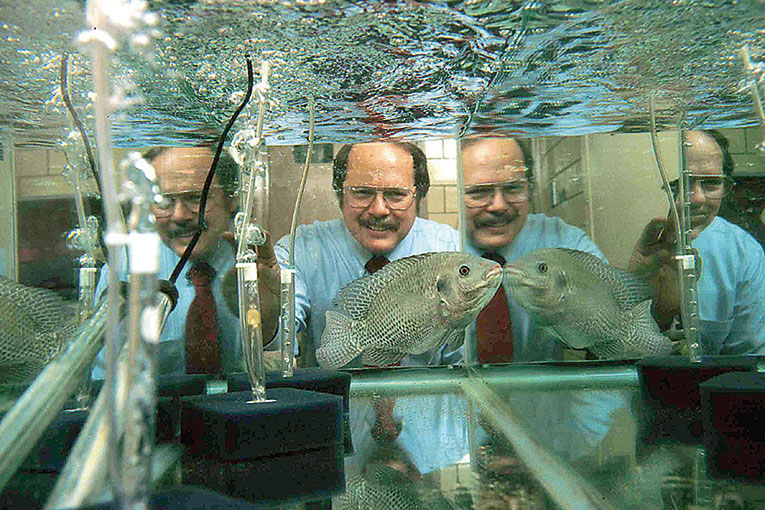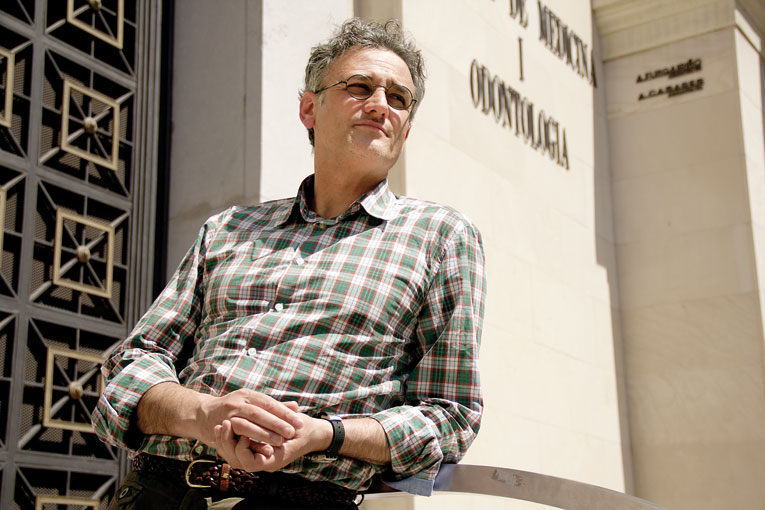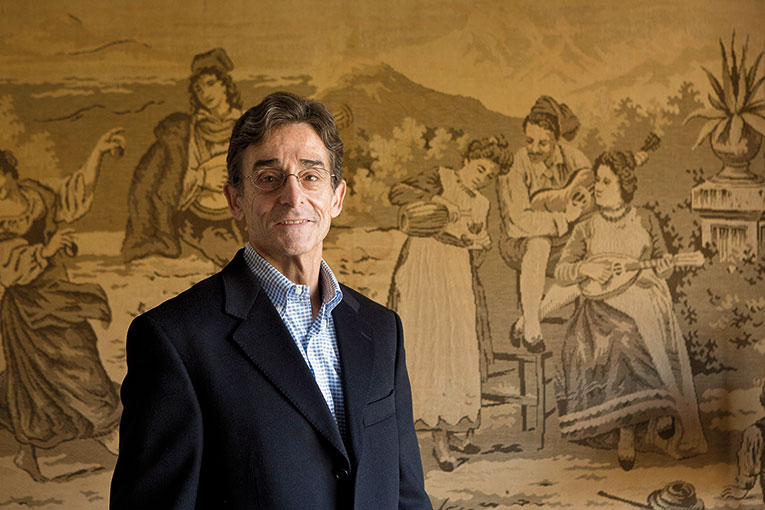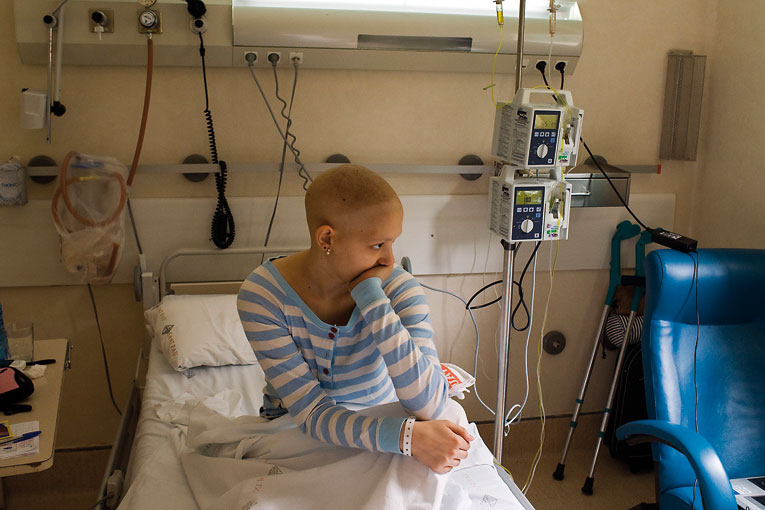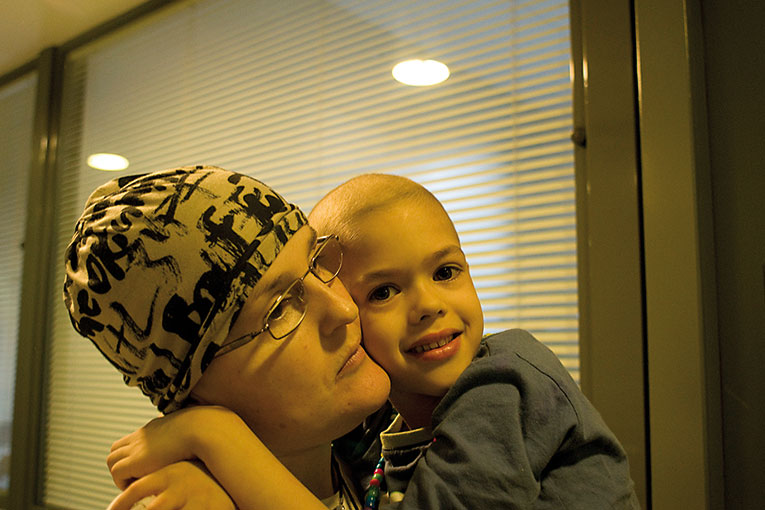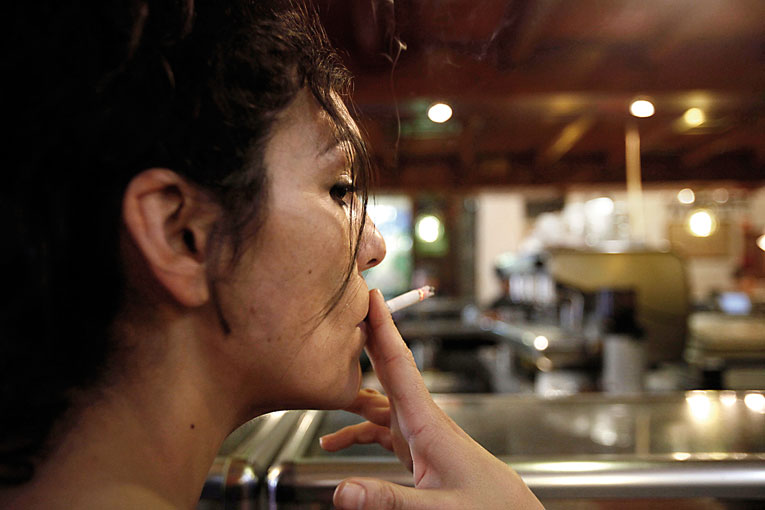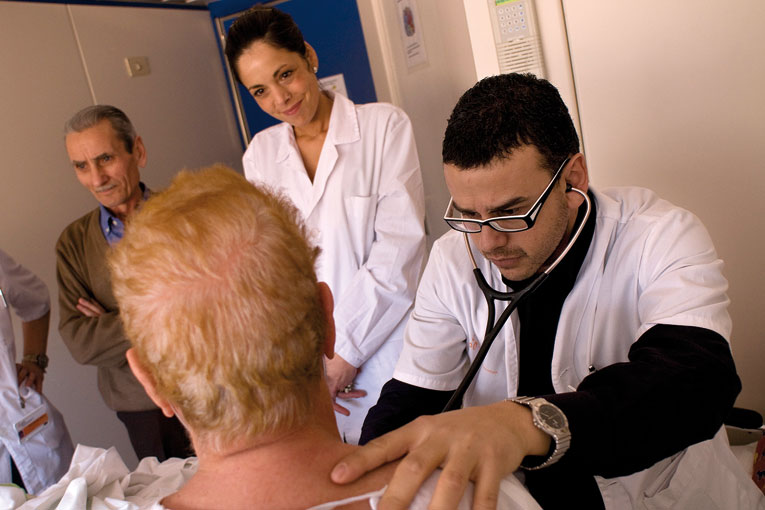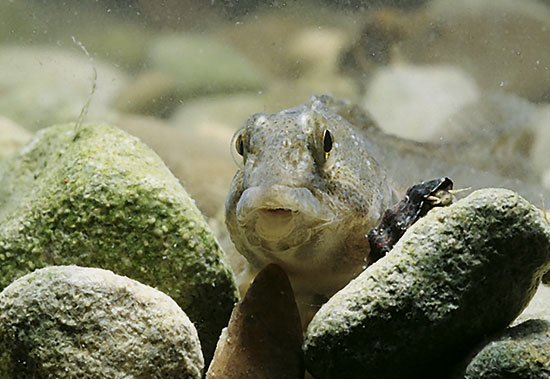Search
Between 1716 and 1717, Joan Salvador i Riera, an apothecary from Barcelona and Antoine de Jussieu, a professor of botany at Le Jardin du Roi in Paris, travelled the roads of Spain and Portugal, sometime by calash, sometimes on mule back, to make «botanical observations». This article provides a brief overview of the Salvador family and a glimpse of the journey made by these two naturalists.
The last two decades have witnessed the widespread use of genetic testing in courtrooms, to identify criminals from biological remains, determine paternity or identify corpses. Less is known, however, about
In recent decades, oncohematology has witnessed major advances in cancer treatment and survival. The toxicity associated with classical chemotherapy, and the need to improve the efficacy and tolerance to treatment,
Evolutionary biologist Theodosius Dobzhansky reflected on the place held by evolutionary theory in modern biology in the title of his famous article: «Nothing in biology makes sense except in the
Interview with Javier Magriña
Javier Magriña knew he wanted to be a surgeon ever since he could perform his first autopsy during his medical studies in Barcelona. His enthusiasm was fuelled by the support
Dues malalties com el càncer i la sida han reactivat la creació contemporània entorn de la malaltia en l'últim quart del segle passat. Dues afeccions maleïdes i sense guariment definitiu, que estan socialment farcides de tabús i metàfores. estigmatitzadores.
ABSTRACT For teenagers, to be diagnosed with cancer comes as a real blow. In this article, we describe the most prevalent cancers in this age group, the elements of cancer control,
El càncer és un dels problemes sanitaris més importants dels països occidentals, donada l'alta incidència i elevada mortalitat que té. En aquest article ens ocuparem dels factors externs capaços d'induir el desenvolupament d'un càncer: agents químics, físics i biològics.
Diagnosis, treatment and even the very concept of cancer as a disease have changed significantly over time. From a single and incurable disease, it is now considered a disease in
© A. AguilellaSalaria fluviatilis, freshwater blenny. Which fish are to be found in the Mediterranean rivers? A rich and diverse ichthyofauna has developed in our rivers with a great many

